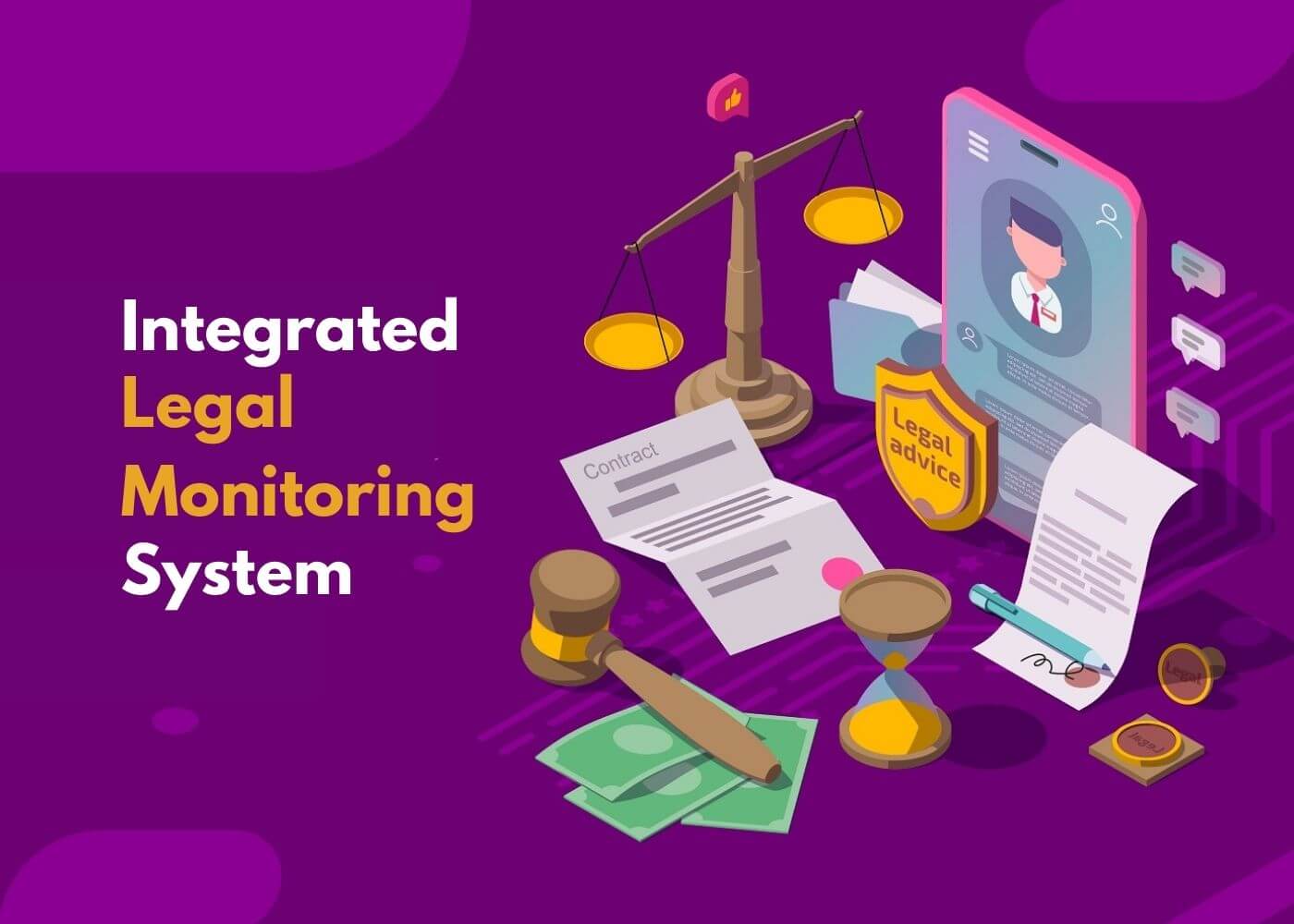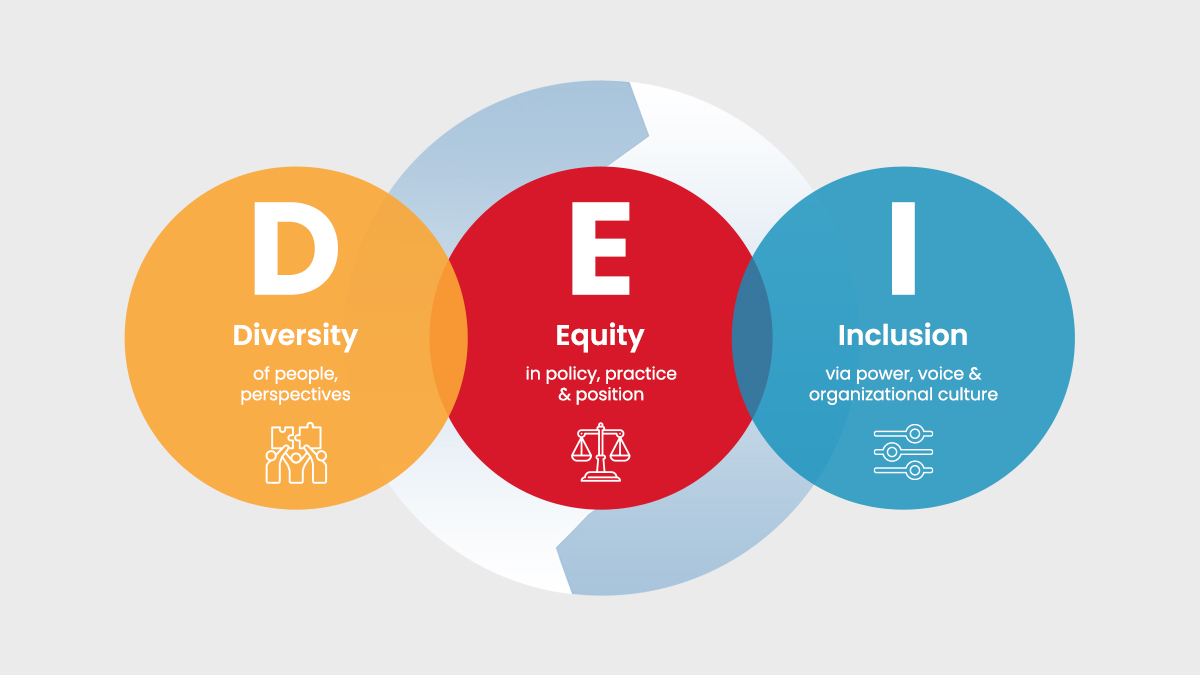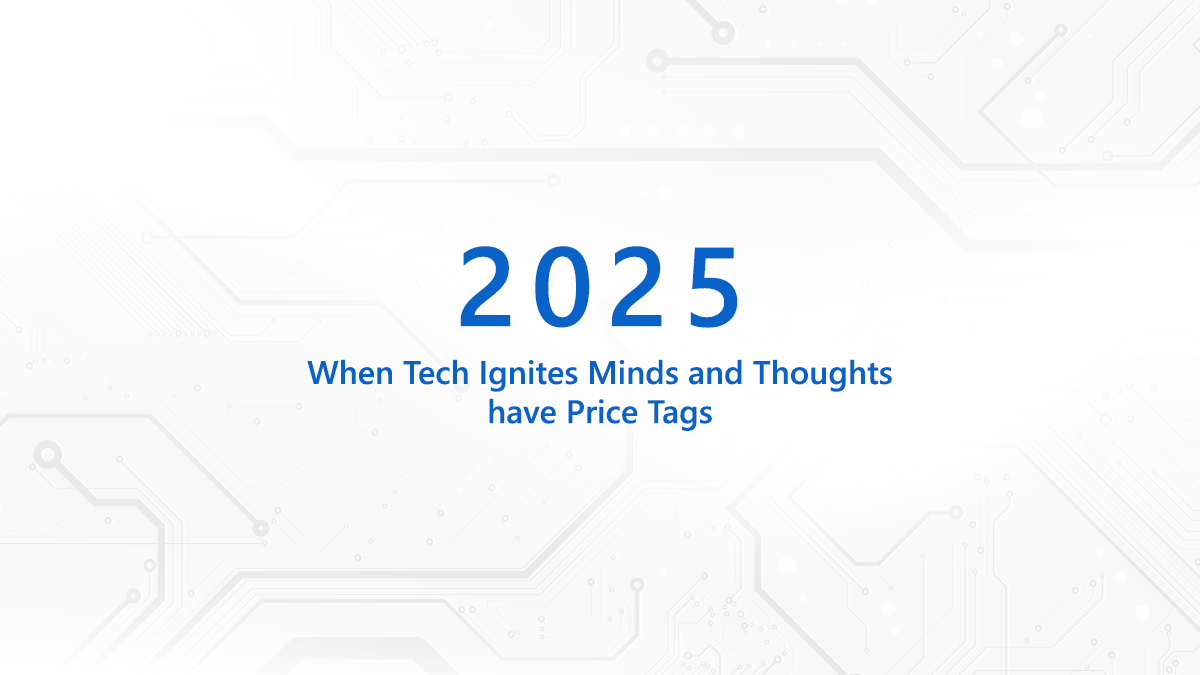
You are acutely aware of how overburdened the Indian judiciary is. The backlog of cases is swelling with each passing day. But the judiciary is understaffed to dispose of the cases on time. Just picture this- around 35 million cases are pending at various courts, a figure big enough to boggle the mind. However, what many would not be aware is that 46 per cent of these accumulated cases are government litigations (as per National Judicial Grid data) where a government department or agency is a party. The pendency in government litigations can have many-layered repercussions. First, it can erode trust in government to citizen interface when there is lack of timely dispensation of justice. Second, the pendency in cases where the government is a litigant could be a dampener on the overall business climate for investors. Last and yet not the least, a pending case can turn into an embarrassment for a top-ranked government official when he is dragged in ‘contempt of court’ case.
How ‘Sovereign Mandate’ is Linked to Timely Delivery of Justice
Justice for All is an overarching goal for all countries. Timely disposal of cases and award of justice is one of the basic tenets of ‘Rule of Law’. Now, you may be wondering what governments have to do with award of justice when it is the pre-eminent privilege of the judiciary. The United Nations in its Sustainable Development Goal (SDG)-16 makes it abundantly clear- ‘Justice for All is a growing concern that has made many countries undertake legal reforms as a part of their overall development programs’. The World Justice Project Rule of Law Index 2019 says that 1.5 billion people across the world are not able to get justice for civil and administrative problems.
The backlog of cases in which governments are litigants is rising. In this backdrop, an integrated system can strengthen the government oversight with its in-built strengths of generating alerts and ensuring timely compliance.#legaltech #RuleOfLaw https://t.co/BdFrAtyy8B
— Priyadarshi Nanu Pany (@NanuPany) April 13, 2021
The backlog of cases in which governments are litigants is rising. In this backdrop, an integrated system can strengthen the government oversight with its in-built strengths of generating alerts and ensuring timely compliance.#legaltech #RuleOfLaw https://t.co/BdFrAtyy8B
— Priyadarshi Nanu Pany (@NanuPany) April 13, 2021
Challenge to Manage the Complex Legal Trail
The entire lifecycle of any legal case where the government is entangled is riddled with delays and challenges. There is opacity of information on cases filed, delay in getting information on case details, dates of hearing, submission of counter affidavit, court orders and ensuring compliance with the orders. Usually, there is no system to generate alerts on cases coupled with the lack of oversight, monitoring of cases and workflow management.
Tapping Technology for Efficient Case Management
Digital interventions can be useful in tackling the case backlog. To illustrate, the e-courts project provides services to litigants, lawyers and the judiciary through universal computerization of district and subordinate courts across the country. In this project, all courts throughout the country are connected to the National Judicial Data Grid through Wireless Access Network (WAN).
An integrated legal monitoring system can go much beyond due to its inter-connected nature that enables fast tracking of actions. The system is also capable of creating alerts, thus helping the concerned government department or agency to respond timely to the court’s orders.
What Benefits Does the Integrated System Bring On Board?
- Provides timely information & communication, notification and alerts to manage and dispose of legal cases filed against the government
- Can seamlessly fit into the work module of any government department
- Speeds up the litigation process through control sheet, alert system and improved coordination through smart monitoring
- High level of visibility of action taken at different time periods
- Efficient monitoring across the life cycle of a case
In the days and years ahead, the case load for governments is only expected to be mammoth. Management of legal cases and ensuring timely delivery of justice will be a burgeoning responsibility. Here, an end-to-end automated legal monitoring system can act as light house solution, mitigating the burden for governments. A confluence of the right policy narrative and automated systems can create an immense impact on the way governments tackle their backlog of cases.
The article was first published by Priyadarshi Nanu Pany, CEO of CSM Technologies on Medium.


























































We will verify and publish your comment soon.